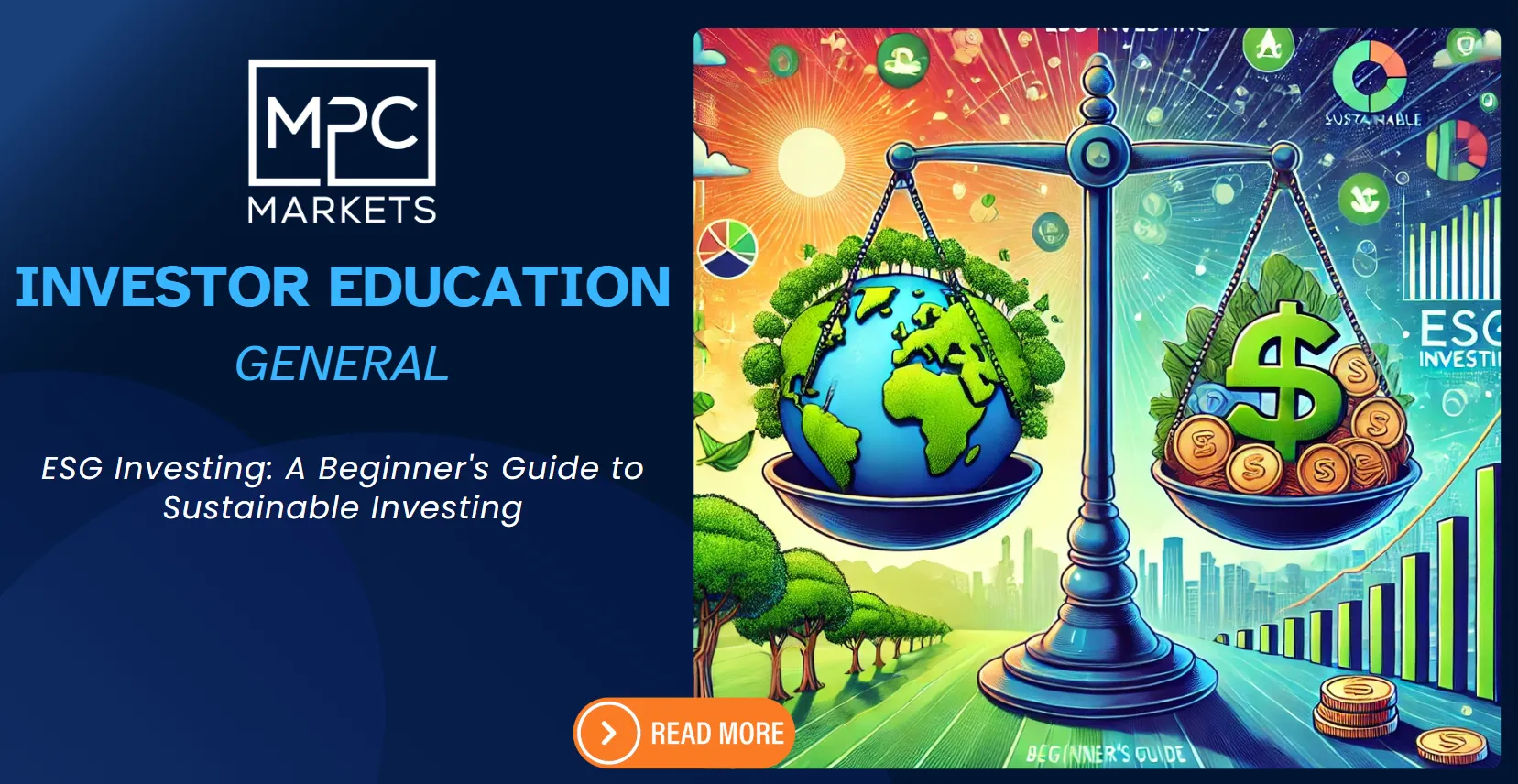Environmental, Social, and Governance (ESG) investing has gained significant traction in recent years as more investors seek to align their portfolios with their values. If you’re new to the world of investing and curious about ESG, this guide will help you understand the basics and get started.
What is ESG Investing?
ESG investing is an approach that considers a company’s environmental, social, and governance practices alongside traditional financial metrics when making investment decisions. This method aims to generate long-term financial returns while also creating a positive impact on society and the environment.
The Three Pillars of ESG
Environmental
This factor examines a company’s impact on the planet. It includes considerations such as:
- Carbon emissions and climate change initiatives
- Energy efficiency and renewable energy use
- Waste management and recycling practices
- Water conservation efforts
Social
The social aspect focuses on how a company manages relationships with its employees, suppliers, customers, and the communities in which it operates. Key areas include:
- Workplace diversity and inclusion
- Labor practices and working conditions
- Customer satisfaction and product safety
- Community engagement and philanthropy
Governance
This pillar looks at a company’s leadership, executive pay, audits, internal controls, and shareholder rights. Important factors include:
- Board diversity and independence
- Executive compensation structures
- Transparency in financial reporting
- Ethical business practices and anti-corruption measures
Why Consider ESG Investing?
ESG investing offers several potential benefits:
- Alignment with personal values: It allows you to invest in companies that share your ethical and environmental concerns.
- Risk management: Companies with strong ESG practices may be better positioned to handle future challenges and regulatory changes.
- Long-term performance: Some studies suggest that companies with high ESG ratings may deliver stronger long-term financial returns.
- Positive impact: By directing capital towards responsible companies, you can contribute to positive societal and environmental changes.
How to Get Started with ESG Investing
- Define your values: Determine which ESG factors are most important to you.
- Research ESG investments: Look into ESG mutual funds, ETFs, and individual stocks that align with your values and financial goals.
- Evaluate ESG performance: Review ESG ratings and rankings from reputable sources. Remember that ESG scoring methodologies can vary between providers.
- Choose your investment approach: Decide whether you want to build your own ESG portfolio or use a robo-advisor that offers ESG options.
- Start small: Consider beginning with a portion of your portfolio in ESG investments and gradually increasing your allocation as you become more comfortable.
Challenges to Consider
While ESG investing offers many benefits, it’s important to be aware of potential challenges:
- ESG ratings can be subjective and may vary between rating agencies.
- Some ESG funds may have higher fees compared to traditional funds.
- The definition of what constitutes a “good” ESG company can differ among investors and fund managers.
The Bottom Line
ESG investing provides an opportunity to align your investments with your values while potentially achieving competitive financial returns. As a beginner, start by educating yourself, defining your priorities, and considering ESG factors as part of your overall investment strategy. Remember, like all investments, ESG investing carries risks, and it’s essential to do thorough research and consider seeking advice from a financial professional before making investment decisions.
By incorporating ESG principles into your investment approach, you can work towards building a portfolio that not only aims for financial growth but also contributes to a more sustainable and equitable world.


